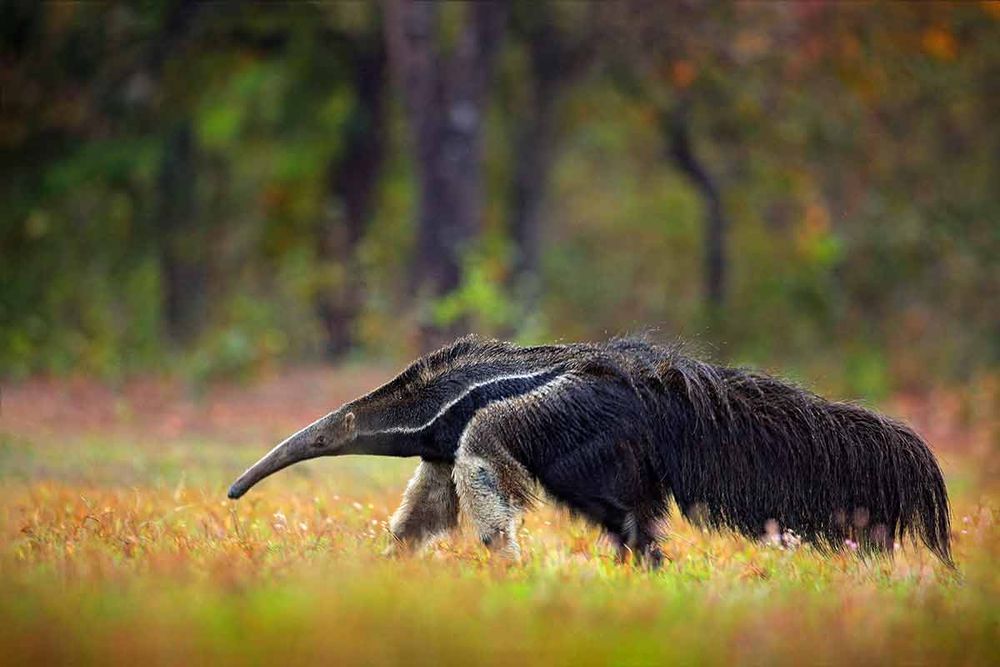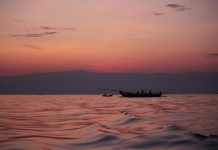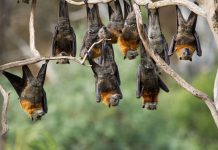Located in the northeast region of the Salta Province, in the district opposite Santa Victoria, Baritu National Park has an area or more than 73,000 acres.
This National Park was created in 1974 to preserve a sector of Nuboselvas (cloudy jungles) that have remained so pure due to the lack of accessibility to them, and since the abrupt landscape has made it difficult to extract wood.
The park is limited by strips of mountains with altitudes of more than 2000 m (6560 ft) like the Cerro de las Parvas and the Cerro Negro.
Of the countless currents of water that flow through the park the more significant ones are the Lipeo river, in the north, and the Porongal and Pescado rivers that empty into the Bermejo river. A small stretch of the Bermejo river forms the northeastern border of the park. This is the northern most of the nationally protected areas that guard mountain jungles, distinguishing its forest with the presence of its tree-like fern and the “maroma”, a very unique plant species that germinates on other trees, living its first few years epiphytically (growing on another plant) while its roots grow toward the ground. This plant is similar to other timber or native rubber trees. Once it is planted firmly to the ground, the “maroma” grows quickly wrapping itself around the tree that sustains it, eventually killing it. The salteño cedar trees of extremely valuable wood, reach grandiose sizes in this region.
In specific places where the humidity is high and the altitudes surpass 800 m (2624 ft), forests of myrtaceous trees develop with certain species such as “horco molle”, “mato”, and “güili”. The transition forest is represented by thickets of “tipa”(yellow-flowered hardwood tree), “pacaráes”, and “cebiles” trees accompanied by rosewood and “cochuchos”. In Baritu National Park you will not find, however, forests of “queñoa” nor high pastures. On the banks of rivers and streams, small trees grow such as the acacia and the “pájaro bobo”, that are accompanied by bushes such as the turpentine.
The fauna of this region is typical of the “nuboselva” and is inhabited by various endangered species like the jaguar that, while scarce, exists in remote areas, away from “yungas” (warm valleys), like this park. There are also other species of felines, the snow leopard and the much smaller “ocelote”, with yellowish fur and dark spots.
Among the mammals, the endangered tapir has a strong presence in the park. Its large footprints can be seen on trails and on the banks of streams and rivers. Other common species are the “pecarí de collar”(species of pig), mountain fox, “coati”(raccoon-like), agouti, and the “cai” monkey.
Close to the rivers and streams, where deep, large ditches of water form inhabited by shad fish and “bogas”, there also live aquatic carnivores such as the river otter, and the “mayuato”(type of raccoon). The river otter has very lustrous dark-grayish fur with two layers: one is thicker and covers the other shorter, finer layer. The “mayuato” or “osito lavador” is easily distinguishable for its noticeable black mask that covers its eyes and snout, and for its ringed tail.
Other inhabitants characteristic of this kind of environment are the “mirlo de agua” (type of blackbird) among the rocks of the streams, and the “yapú”(thrush), a large type of oriole that constructs hanging nests. There are also bats such as the kingfisher, that nourishes itself by hunting fish and water insects with its claws as it flies over the surface of the water in flocks. A type of marsupial frog, the red-stained Ia, inhabits the sierras of the Park.


























